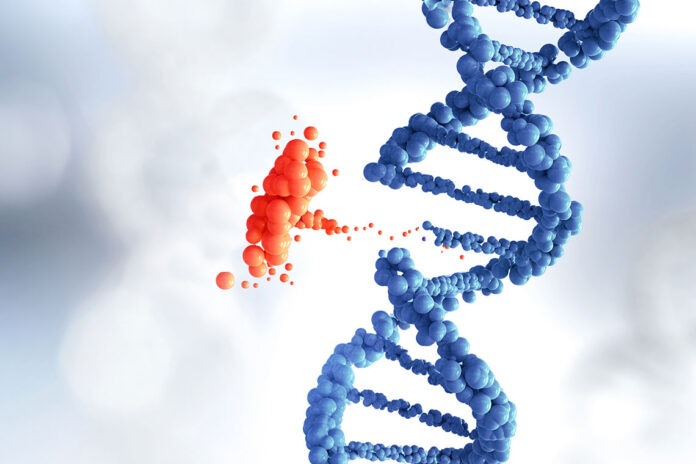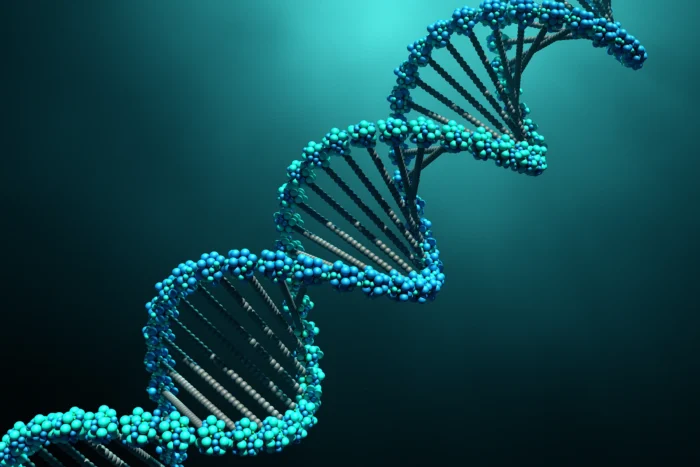
Genetic defects affect up to 120,000 babies born in the United States every year, or 1 in 33 live births. Even when parents-to-be are incredibly diligent about staying on top of necessary prenatal care and appointments, these conditions can be inevitable in some cases.
Because of this, it’s especially vital to take the time to not only learn about these various diseases and conditions, but also be proactive in diagnosing and preventing them too. Early detection can help provide you with the information you need to ensure a smooth labor and delivery and – more importantly – a healthy and happy baby.
Different Types of Genetic Anomalies

As it stands, there are approximately six thousand known types of genetic birth defects currently known by the scientific community, and many of them can cause severe complications. Because of the serious nature of these conditions, it’s essential to become better acquainted with them and recognize their signs and symptoms.
The three main types of genetic disorders are:
- Single-gene disorders. As the name suggests, single-gene disorders arise when a mutation occurs on just one gene. Examples of single-gene disorders include sickle-cell anemia, cystic fibrosis, and muscular dystrophy.
- Complex disorders. Similar to single-gene disorders, a complex disorder occurs when the mutation is on two or more of the genes. These can arise as a result of external factors such as environment and lifestyle. Examples of a complex disorder may include diabetes, heart disease, and colon cancer.
- Chromosomal disorders. Finally, chromosomal disorders occur when either a partial or complete chromosome is changed or omitted. Examples of chromosomal disorders include trisomies such as Down syndrome, Klinefelter syndrome, and Turner syndrome.
Each type of disorder comes with its own risks and subset of complications. Some can cause mild cognitive impairment, whereas others can lead to a shorter lifespan. Even others, such as complex disorders, may not even arise until later in life, but many do occur during gestation and can make an appearance in the early days, weeks, and months of a person’s life. If you suspect that you may be at a higher risk of passing a genetic defect onto your child, early intervention can be key.
The Diagnostic Process

There are many reasons that you may decide to undergo genetic screening before childbirth. Your healthcare provider may advise it if you have a family history of genetic disorders. Another reason prenatal testing may be recommended may be due to either the mother’s or the father’s age, as these can also be comorbid variables that may lead to genetic defects. Lifestyle can also be a factor, particularly when high stress, substance use, and an unhealthy environment come into play.
There are three primary types of prenatal assays that you can undergo. These include non-invasive prenatal testing (NIPT), serum screenings, and diagnostic testing. NIPT, as the name suggests, is regarded as highly safe for both the mother and the fetus. It does not cause a miscarriage, as the DNA comes from a maternal blood sample. These can be performed as early as week nine and can let you know not only the biological sex of your child, but also if it is at a higher risk of a chromosomal anomaly.
Serum screenings are similar to NIPT, but differ in that they cannot be completed before week ten. Like NIPT, they do not carry the risk of a miscarriage. Also like NIPT, they can reveal if your unborn baby has any chromosomal disorders, but they can also detect open neural tube defects like spina bifida. There is a small risk of getting a false positive, and your healthcare provider may recommend a diagnostic test following either of these screenings.
Of all the types of tests available, prenatal diagnostic testing is regarded as the most accurate option. It can be performed between week ten (for chorionic villus sampling) and week fifteen (for amniocentesis). A diagnostic test can reveal with as high as 99 percent accuracy if your child has certain trisomies and greater than 90 percent accuracy for an open neural tube defect. However, they do come with a slight risk of a miscarriage (between 1 in 100 to 1 in 500, depending on the test performed).

Interpreting Your Test Results
The decision to move forward with prenatal genetic screening is a highly personal one, and there’s no right or wrong answer as to if they may be a good fit for your needs. Some parents use this as an opportunity to learn more about the risks and be proactive about mitigating them. Others prefer not to know, and would rather wait until their child is born before they make any firm decisions. If you have been considering prenatal testing, it’s best to consult with your OBGYN beforehand.
Following your test, you may find that you have more questions than answers. This is also normal. In addition to staying in touch with your healthcare provider, you may also want to reach out to a genetic counselor. They can help you interpret your results and guide you toward your options. Sometimes a screening can provide sufficient information, but other times, moving forward with a diagnostic test may be the better choice for you when deciding to start a family.
Ultimately, everyone wants a happy, healthy pregnancy. The good news is that we now know how to detect health conditions and take preventive steps to help avoid them. By turning to prenatal genetic testing, you can be confident about the well-being of yourself and your unborn baby.
















